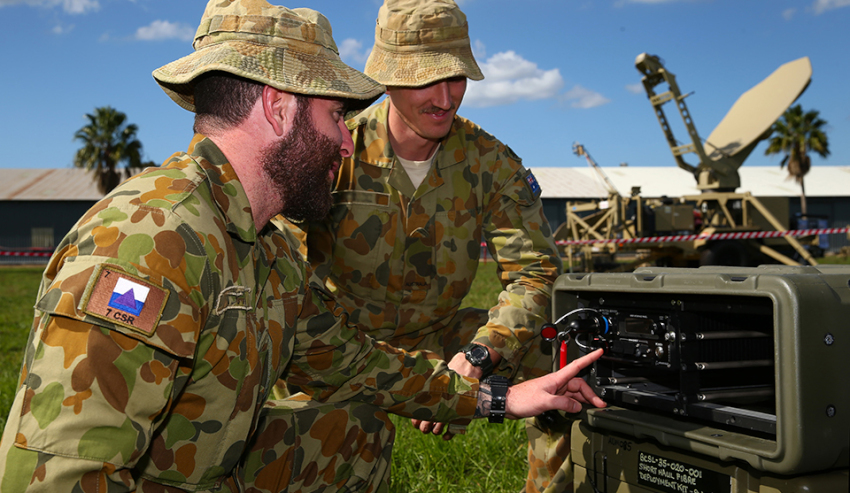Multinational aerospace leader Boeing says it is on track to deliver the Australian Defence Force’s (ADF) next generation battlespace communication system this year.
The new communication system is powered by approximately 3,000 metres of data and power cabling, 115,000 lines of computer code and a customised, Australian-designed computer and mission system.
Ahead of the mission system field test in August, Boeing said Project Currawong’s largest mission system integration test event, held at Damascus Barracks in Brisbane on 25 May, successfully proved the capability of the system’s wide-ranging configuration.
"We are very confident we now have our hardware and release one software finalised and ready to be put through its paces both in the lab and field; our wide area communication links are now all in qualification testing or in formal acceptance," said Lee Davis, Project Currawong program director for Boeing Defence Australia.
Boeing said the battlespace communication system will provide secure wideband voice, data and video services over wireless and wired infrastructure between deployed forces and headquarters for land-based ADF personnel deployed around the world.
Myra Sefton, director general of communications systems from Defence’s Capability Acquisition and Sustainment Group, said one the hallmarks of the program has been the engagement with the Air Force and Army signallers to deliver a practical and useful capability to Defence.
"With this development program, we’ve worked with Boeing using an agile sprint methodology to design, field, test and improve the design through a challenging schedule," said Sefton.
"This has allowed us to achieve our milestones ahead of the contract schedule, which for a $650 million complex integration project is a big achievement.
"The tactical service router designed by Boeing Defence Australia incorporates passive cooling and flexible components currently unavailable in the market."
Boeing’s key design philosophy was to make the most flexible agile system to meet the emergent needs of Army and Air Force, in the smallest footprint possible with the ability to scale as required.
"At the centre of the architecture is our Network Access Module, which is our Swiss Army knife of networking and computing infrastructure for the system," said Davis.
"Designed by local engineers in Brisbane, it really is the core of the system capability and enables all the capability bricks to be added into the system, whether it be medium satcom, external network access, troposcatter, high capacity line of sight, long haul fibre, radios and field voice, supported by the Australian custom-made intuitive Mission System Manager."
Boeing’s planned transition for service has involved significant engagement with 7th Combat Signal Regiment, 1 Signal Regiment and 1 Combat Communications Squadron, the first three units to receive the system later this year.



